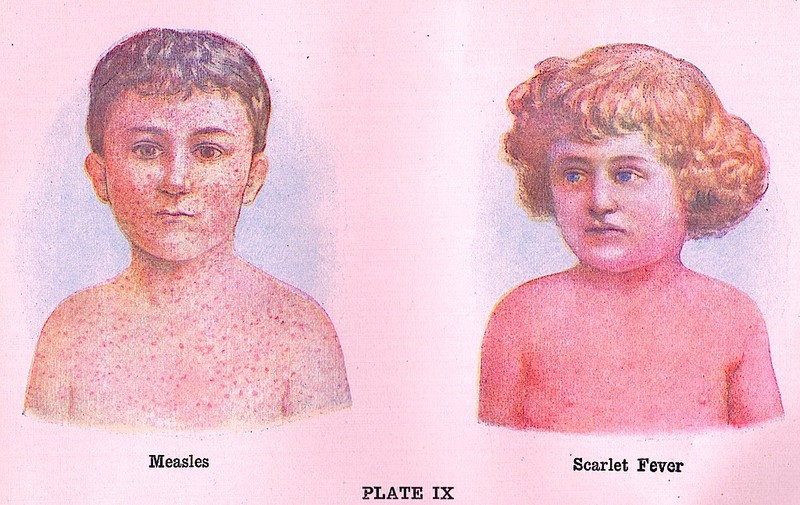Theoretical Epidemiology and the Novel
A conversation with Professor Sunetra Gupta.

Do you have an idea in your head of the most accomplished person in the world? Kindly discard it and meet Sunetra Gupta: Professor of Theoretical Epidemiology at the University of Oxford; author of five novels; mother to two human children. A few years ago, a portrait of Gupta hung in an exhibition at the Royal Society, near a painting of Marie Curie, and the Zoological Society of London gave her a Scientific Medal. How does a person like this come about in the world?
Gupta’s parents moved around a lot when she was a kid, mostly around Africa (Zambia, Ethiopia). Her secondary schooling took place in Calcutta. She went to Princeton for an undergraduate degree, then to Imperial College, London for her doctorate.
Her father taught African History at Calcutta University, and their conversations influenced her as much as any of her schooling. “In his spare time,” she said, he sang, acted, wrote film criticism and essays and short novels and poems — but he “never made too much of a fuss about it.” Gupta noted that his brilliance made her life a little chaotic; her father “was a very principled man and would easily resign a position without any regard as to how it might imperil him financially” (her mother devised the practical solutions that kept things together). From her father, Gupta learned that “the making and enjoyment of art was a very natural function.” Gupta is a polymath too, but her fascination with science set them apart, intellectually.
If she were at a conference, Gupta might say that she works in evolutionary dynamics of infectious disease systems. At a dinner party, she’d just tell you that that she studies infectious diseases from an evolutionary and ecological perspective. The fundamental question driving her scientific work has to do with what she calls “wardrobes” of infectious disease agents. In order to be competent at infecting us, a virus or other infectious agent has to look inside its “wardrobe” and select an outfit: the agent must dress to kill.
The clothing in the agent’s wardrobe represent the parts of the pathogen that our immune systems recognize and use to fight the infection. If a bug turns up in a new outfit — let’s say black denim, rather than a blue dress — our immune system doesn’t recognize it and thus cannot fight it off. A disease which does this a lot, like influenza, comes back in a new disguise after each epidemic has died down. The HIV virus changes its outfit often. The malaria virus enters the body with “a whole suitcase of disguises.” But measles, for example, has a very limited range of outfits, which means that we have been able to vaccinate against it.
Gupta has been involved in a years-long debate over the diversity of these bits of “clothing.” She stands in opposition to a bunch of scientists who disagree with her opinion that many parts of the “wardrobe” are not actually very diverse, “even for pathogens such as influenza, which are believed to be very good at disguising themselves.” Influenza, Gupta thinks, doesn’t actually have a limitless supply of clothes, although it changes often. The clothes are actually quite important to the way that the bug functions, Gupta thinks, which means that the wardrobe is not infinitely deep.
In coming years, Gupta hopes that she can investigate broader incarnations of this theory, with the aim of creating new vaccines by targeting, say, the less diverse elements of a disease’s wardrobe. She has a team working on influenza, HIV and malaria, and bacterial pathogens.

It’s not unusual for a novelist to play music, or a scientist to play sports, but Gupta’s literary career goes far beyond the idea of recreation. She has won the Southern Arts Literature Prize, the Sahitya Akademi Award, and been listed for several others prizes over the course of writing the novels Memories of Rain (1992), The Glassblower’s Breath (1993), A Sin of Color (1999), So Good in Black (2009), and the deliciously titled Moonlight into Marzipan (1995).
Stories tie Gupta’s creative and scientific work together. She sees “connections between science and literature at the level of language and narrative,” and is working a book on the subject that may turn into a memoir since it is taking so long. Initially, Gupta wants to “defend and understand the various shapes of narrative other than the linear form,” to work against the paradigm of “the ideal shape of a ‘story’.” Beginnings, middles, and endings are a marketing ploy, Gupta thinks. Considering how different narratives are connected in science and literature might be the best place to start.
Gupta writes to people, not just about them — in February she found the time to publish a stylish public-awareness essay for The Guardian, called “Don’t panic about a flu pandemic.” She’s also collaborating with a writer and illustrator called Ted Dewan, exploring neglected women scientists from the past. Gupta told me that the toughest thing about her work isn’t the actual science, or the writing of fiction. The difficulty comes, she says, in “remaining visible and ‘networked’” in these fields. This kind of labor plays “a disproportionate role in consolidating careers in current times,” she says, correctly. She means the labor of performance — the conferences, the public role. That a worker so tireless as Sunetra Gupta feels challenged by the effort it takes to perform that work is striking. There is no remuneration for public and semi-public handshakes and smiles, for making friends. That’s one thing academia and creative writing have in common.
Josephine Livingstone is a writer and academic in New York.
